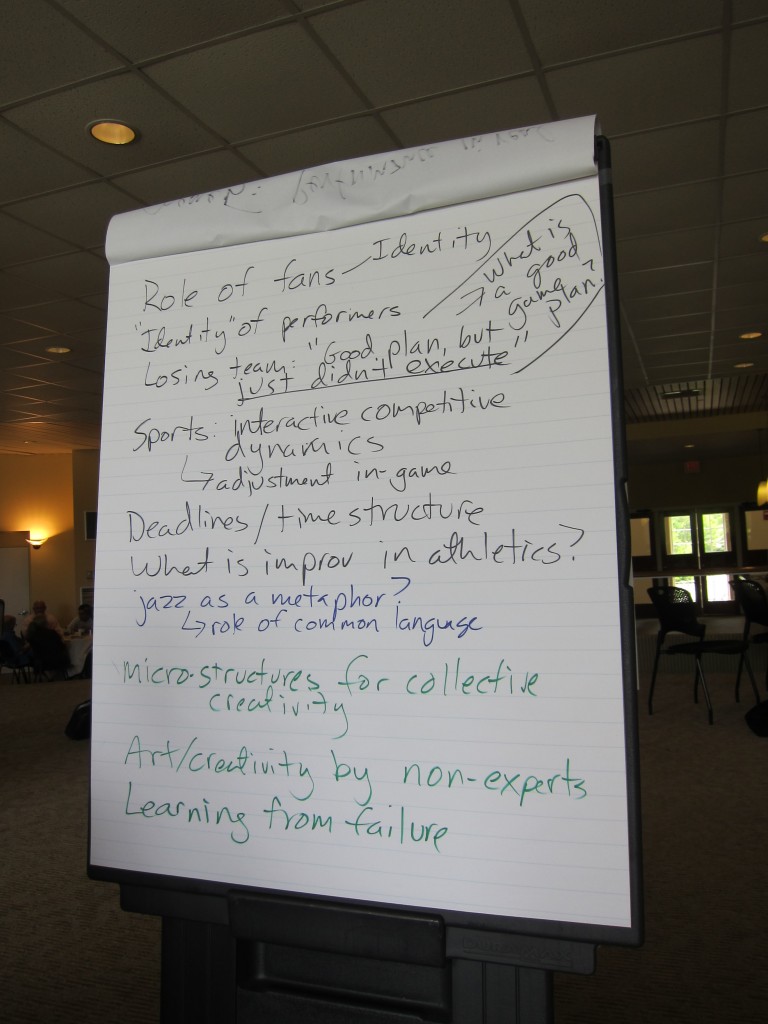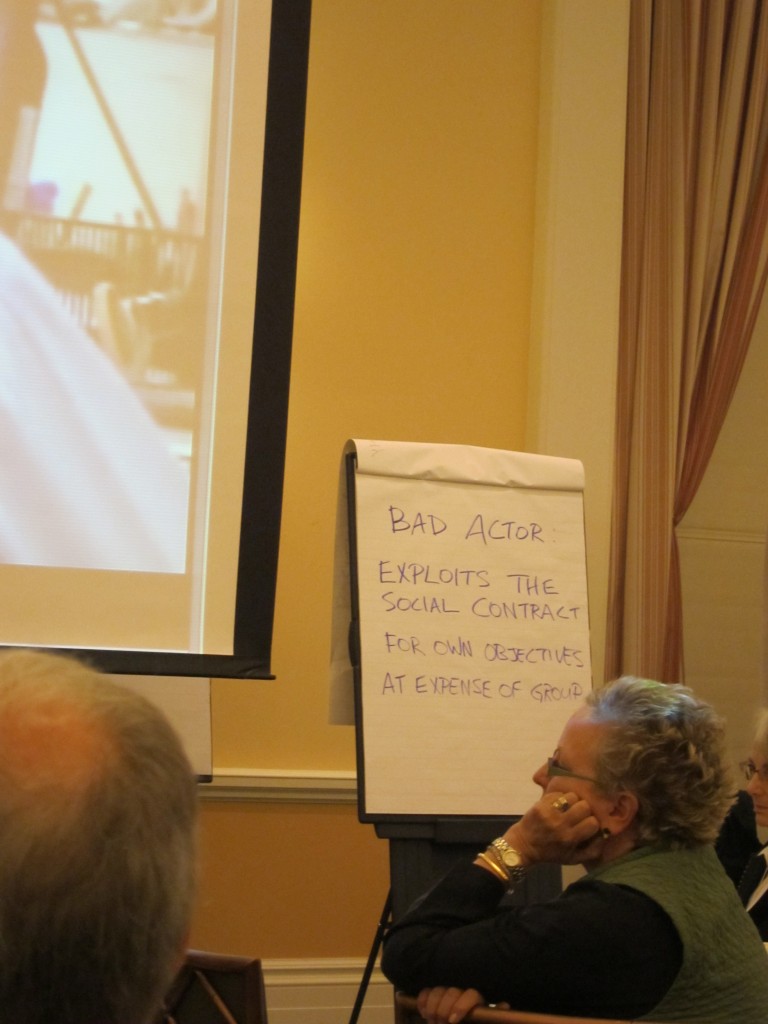While at the Academy of Management annual meeting in Aug., I stopped by a professional development workshop on “producing ethnographies.” As an organizational ethnographer, I was curious to see what fellow ethnographers had to say about the process of conducting observations and participant observations in a context – an organization – that many take-for-granted and comparatively few study in-depth. Most contemporary collective action is channeled via formal organizations, which have become extremely powerful actors – for example, in the US, corporations have more rights and fewer responsibilities than human individuals. These suggest that understanding how organizations work should be a priority both for researchers and for individuals wishing to survive and thrive in organizations (indeed, colleagues constantly confer with me to make sense of the latest puzzling dysfunction of their organizations). However, when colorful or complex activities draw most people’s attention, it’s easy to overlook the organizational underpinnings that enable such activities.
Here, I’ll briefly comment one speaker’s presentation. Anthropologist Karen Ho, who conducted a participant observation study of Wall Street firms, made an impassioned argument for studying the elites and their organizations. As an organizational sociologist, I would not require such convincing – in fact, most people in my field would view studying firms such as an investment bank as legitimate or even more legitimate than studying other kinds of organizations. Based on the various special panels proposed to conferences, it seems that more sociologists are becoming interested in understanding how/why particular groups are rich and/or powerful. In addition, part of the general public is beginning to understand that organizations play crucial roles in shaping individuals’ life chances through the control of resources (for example, mortgages and student loans) and influence in the political process. Hopefully, this signals a trend that supports in-depth, empirical research of organizations.


